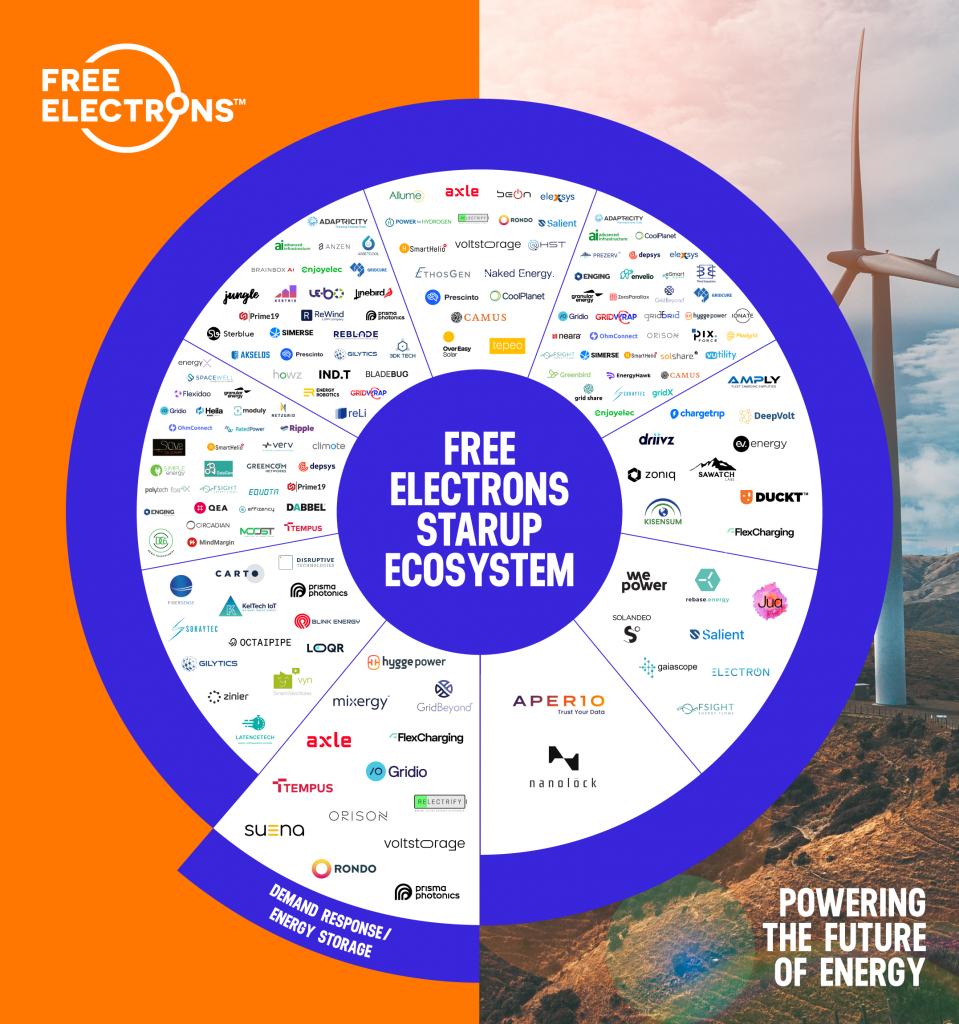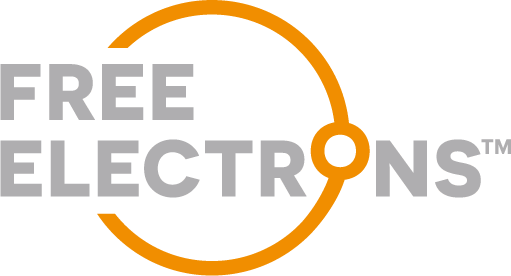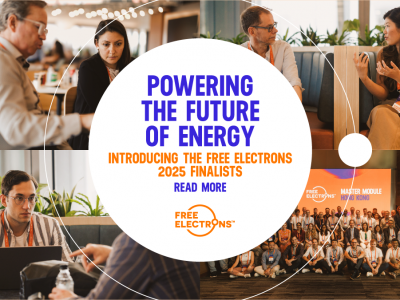A Closer Look at How Flexibility Technologies Are Reshaping the Energy Landscape
What happens when the grid can no longer keep up with the energy we need? When consumption patterns outpace infrastructure upgrades, and clean energy risks being wasted due to inflexibility?
These are no longer hypothetical questions but they reflect the emerging pressure points shaping the global energy transition. Recent figures underscore the scale of this shift:
- Demand response events have surged by over 170% in just three years.1
- Energy storage capacity is projected to grow more than fivefold by 2023, reaching over 600GW globally.2
But what do these numbers actually mean?
More than just market signals, they reflect a systemic pivot which, away from a traditional one-way energy supply, it moves toward a responsive, decentralised grid architecture. But, please consider that this is not about adding another technology layer but about redefining the architecture of the power system where responsiveness and intelligence become the new baselines for performance and, that’s where Demand Response and Energy Storage step in.
While renewable generation expands, its variable nature presents a growing challenge: how to ensure grid stability when supply doesn’t always match demand?
In this context, flexibility is not a nice-to-have but a foundational requirement.
Why Flexibility Matters in the Energy Transition
Demand response (DR) and Energy Storage technologies are stepping into the gap, offering real-time levers for balancing energy systems. Whether by shifting loads during peak periods or storing surplus energy for use when needed, these solutions are key to reducing strain on grids, enabling higher renewable penetration, and enhancing energy resilience.
This shift in numbers is not just statistical but a clear signal of an urgent foundational reorientation of energy systems. Grid operators and utilities are now managing an active ecosystem of distributed assets, variable patterns and bidirectional energy flows where both responsiveness and intelligence are becoming the new baselines for performance.
This shift from active energy participation is reshaping the entire energy value chain and, that is where Free Electrons plays a key role in connecting startups pioneering flexibility solutions with global utilities seeking to embed resilience at scale.
Why Flexibility Matters in the Energy Transition
As energy systems become more decentralised and variable, the need for intelligent balancing mechanisms grows. Electrification is accelerating across transport, industry, and the built environment, while renewable energy is growing at double-digit rates. Yet, infrastructure capacity and grid flexibility are still catching up – and the numbers are making it undoubtedly clear for all
But is the grid evolving fast enough to keep up with the demand?
Electricity consumption is projected to rise by 3.3% in 2025 and 3.7% in 2026 – more than twice the growth rate of total energy demand3. What’s behind this surge?
- The expansion of data centres, which are expected to consume up to 8% of global electricity by 20304
- Electrification of transport, with EVs forecast to account for more than 20% of global vehicle sales in 20255
- Electrified heating systems driven by decarbonisation policies in the built environment
- Industrial transitions, particularly in chemicals, steel and manufacturing
This surge reflects an underlying structural shift in how energy is consumed. More demand is becoming real-time, location-specific and usage-pattern dependent – and conventional grid infrastructure is not built to handle these conditions efficiently.
Yet, electricity demand accelerates, flexibility mechanisms are not keeping pace. In regions like California and parts of China, curtailment rates for solar energy have exceeded 20% during peak months and, that is not because of lack of generation but due to inadequate storage and demand-side flexibility6.
So, what’s driving the lag?
- Infrastructure investment cycles in transmission and storage are misaligned with the pace of renewable deployment
- Regulatory barriers persist in many regions, with limited incentives for demand response or distributed storage.
- Market structures often fail to value flexibility services adequately, leaving grid operators without effective tools to balance supply and demand in real time.
This misalignment cannot be solved by scaling generation alone. It demands a reconfiguration of energy planning, operation, and market rules, embedding flexibility at the heart of system design.
Startup and Utility Collaboration: Driving Flexibility Innovation Forward
Flexibility in the energy system is not being built in isolation – it is being co-created through strategic collaborations between technology innovators and utility operators. In the Free Electrons program, startups working on demand response and energy storage have been able to move beyond prototypes and into real-world deployments, helping utilities embed flexibility into their operations at scale.
Two partnerships stand out for their ability to demonstrate measurable, market-ready impact:
FlexCharging & ESB
FlexCharging’s smart EV charging platform, now operating under Flexchargi uses advanced algorithms to align vehicle charging schedules with grid conditions, enabling demand-side flexibility without disrupting consumer convenience. Through its collaboration with ESB, this approach has been applied to manage peak loads more effectively and integrate EVs as a distributed grid resource. The technology not only supports grid stability but also reduces the need for costly grid reinforcements, making it a scalable pathway to decarbonising transport.
Rondo Energy & EDP
Rondo Energy’s “heat battery” technology converts intermittent renewable electricity into high-temperature heat, which can then be stored for hours or days and used in industrial processes that are traditionally dependent on fossil fuels. In partnership with EDP, Rondo is advancing solutions that decarbonise energy-intensive industries, unlocking a new dimension of flexibility by shifting renewable energy use across both time and sector boundaries. This approach enables utilities to offer new services to industrial clients while supporting system-wide balancing.
These partnerships prove that when utilities and innovators co-develop solutions, they accelerate deployment timelines, optimize renewable use, and strengthen resilience – outcomes the energy transition urgently needs.
Where We Go From Here
The rise of demand response and energy storage is not a future scenario; it is already redefining how energy systems operate. But to meet the scale of the challenge ahead, flexibility must be fully embedded into infrastructure planning, market design and operational tools.
This requires more than innovation; it requires coordination. Free Electrons plays a vital role in this ecosystem by enabling trusted, global-scale partnerships between the startups developing cutting-edge technologies and the utilities prepared to implement them at scale.
The transformation underway is not just about managing energy differently. It’s about unlocking a smarter, more responsive and more resilient energy system built by collaboration, powered by innovation and shaped by every pilot and partnership driving change on the ground. Explore more about how Free Electrons startups and utilities are shaping the future of energy at freeeletrons.org

References List:
1 Martucci, B. (2025, July 28). Demand response programs improving, but customers remain wary: Report. Utility Dive. https://www.utilitydive.com/news/demand-response-dr-utility-programs-resideo/754205/
2 Nsitem, N. (2024, April 25). Global Energy Storage Market Records biggest jump yet. BloombergNEF. https://about.bnef.com/insights/clean-energy/global-energy-storage-market-records-biggest-jump-yet/
3 Global electricity demand to keep growing robustly through 2026 despite economic headwinds – news – IEA. IEA.org. (2025b, July 30). https://www.iea.org/news/global-electricity-demand-to-keep-growing-robustly-through-2026-despite-economic-headwinds
4 Ai is set to drive surging electricity demand from data centres while offering the potential to transform how the Energy Sector Works – News – IEA. (2025, April 10). https://www.iea.org/news/ai-is-set-to-drive-surging-electricity-demand-from-data-centres-while-offering-the-potential-to-transform-how-the-energy-sector-works
5 Global EV Outlook 2024 – analysis – IEA. IEA.org. (2024, April). https://www.iea.org/reports/global-ev-outlook-2024 Global EV Outlook 2024 – analysis – IEA. IEA.org. (2024, April).
6 Aniti, L. (2025, May 28). Solar and wind power curtailments are increasing in California – U.S. energy information administration (EIA). Solar and wind power curtailments are increasing in California – U.S. Energy Information Administration (EIA). https://www.eia.gov/todayinenergy/detail.php?id=65364#:~:text=Data%20source:%20California%20Independent%20System,source:%20California%20Independent%20System%20Operator





Comments